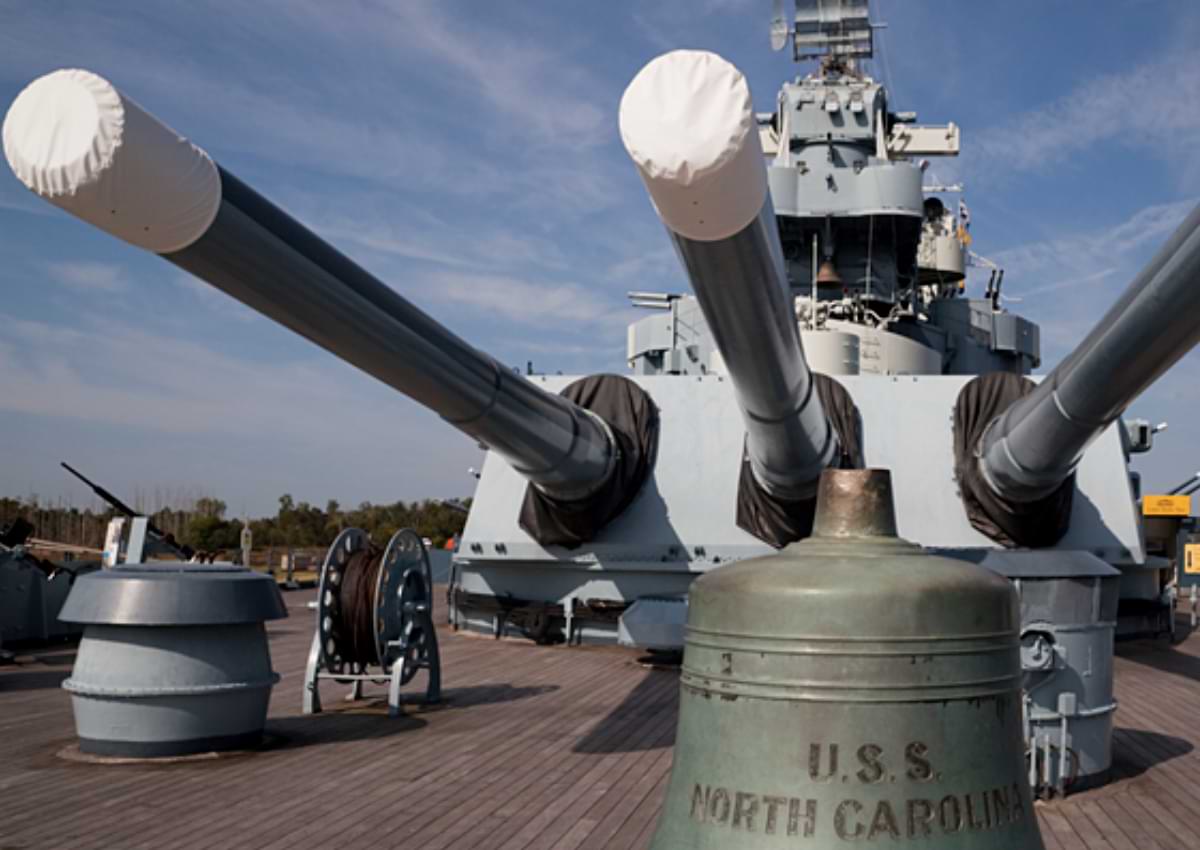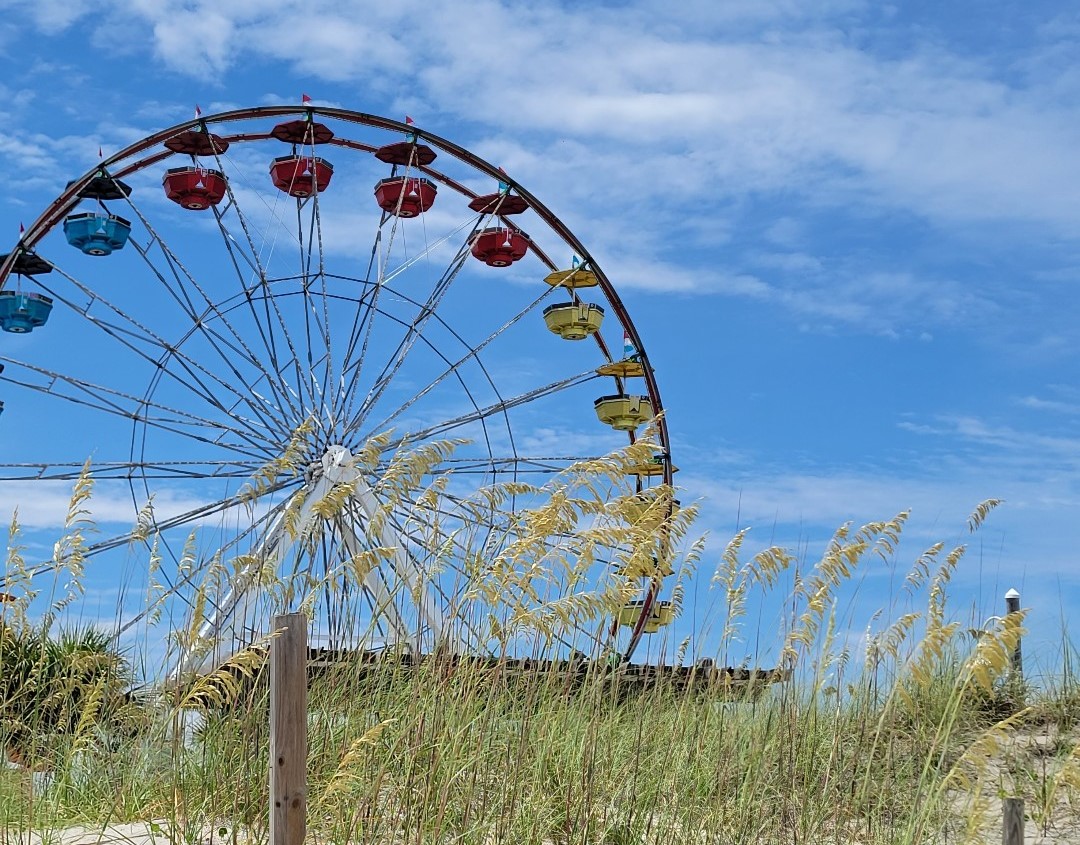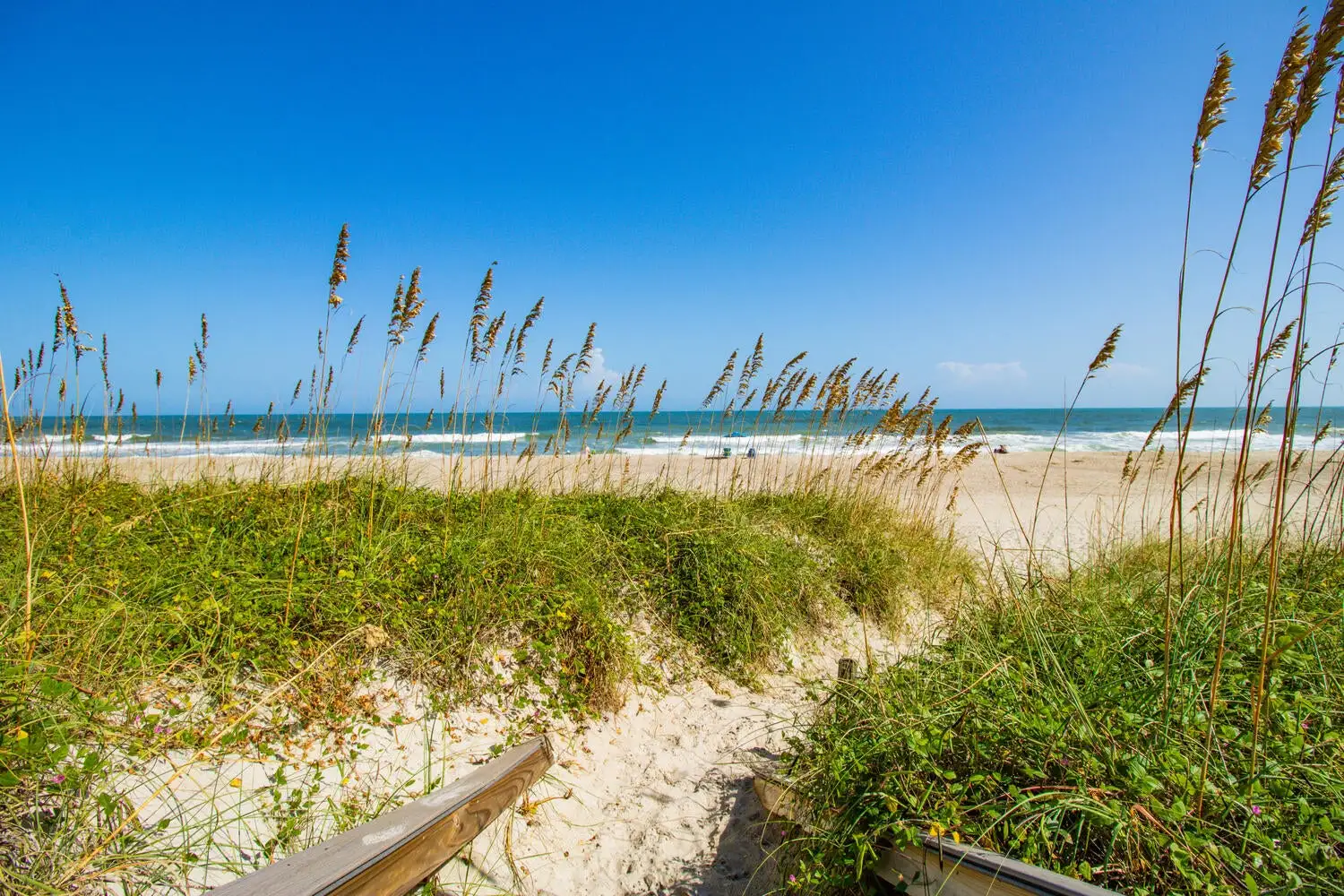From vacation rentals in Carolina Beach to a season-by-season look at the area's best annual events, this guide covers what's useful to know before you start planning.
Read MorePosts

Learn how to keep guests happy during their Carolina Beach vacation, following tips from the best property management Carolina Beach NC offers.
Read More
Looking for Kure Beach dog friendly rentals? This guide highlights top pet friendly beach rentals on the East Coast, including Kure Beach house rentals with private pools, plus tips for traveling smoothly with your dog.
Read More
Planning a trip to Kure North Carolina? Explore the area's top attractions, from Fort Fisher's history and untouched beaches to local dining favorites, scenic ferry rides, and family-friendly parks.
Read More
Discover the best things to do in Kure NC and Pleasure Island NC with kids of every age, from soft, easy mornings at the aquarium to wide-open beach days, shaded historic trails, and ferry rides across the Cape Fear River.
Read More
Discover the best day trips and attractions near Kure Beach NC, from wild barrier islands and scenic ferry rides to historic forts, botanical gardens, and charming waterfront towns. A curated guide to the top nearby places to visit beyond the local Kure Beach attractions.
Read More
Take a closer look at several Carolina Beach off season rentals that are a winning choice, especially during fall and winter months when the prices drop.
Read More
From scenic tours and wild barrier islands to peaceful gardens and sunset sails, Wrightsville Beach, NC, offers endless ways to reconnect with nature along the coast.
Read More
Discover the best things to do in Wrightsville Beach, NC, from paddleboarding, surfing, and sunset cruises to oceanfront dining and local shops.
Read More
Discover the top water sports and outdoor adventures in Wrightsville Beach, NC, from surfing and paddleboarding to sailing, fishing, and sunset cruises.
Read More


